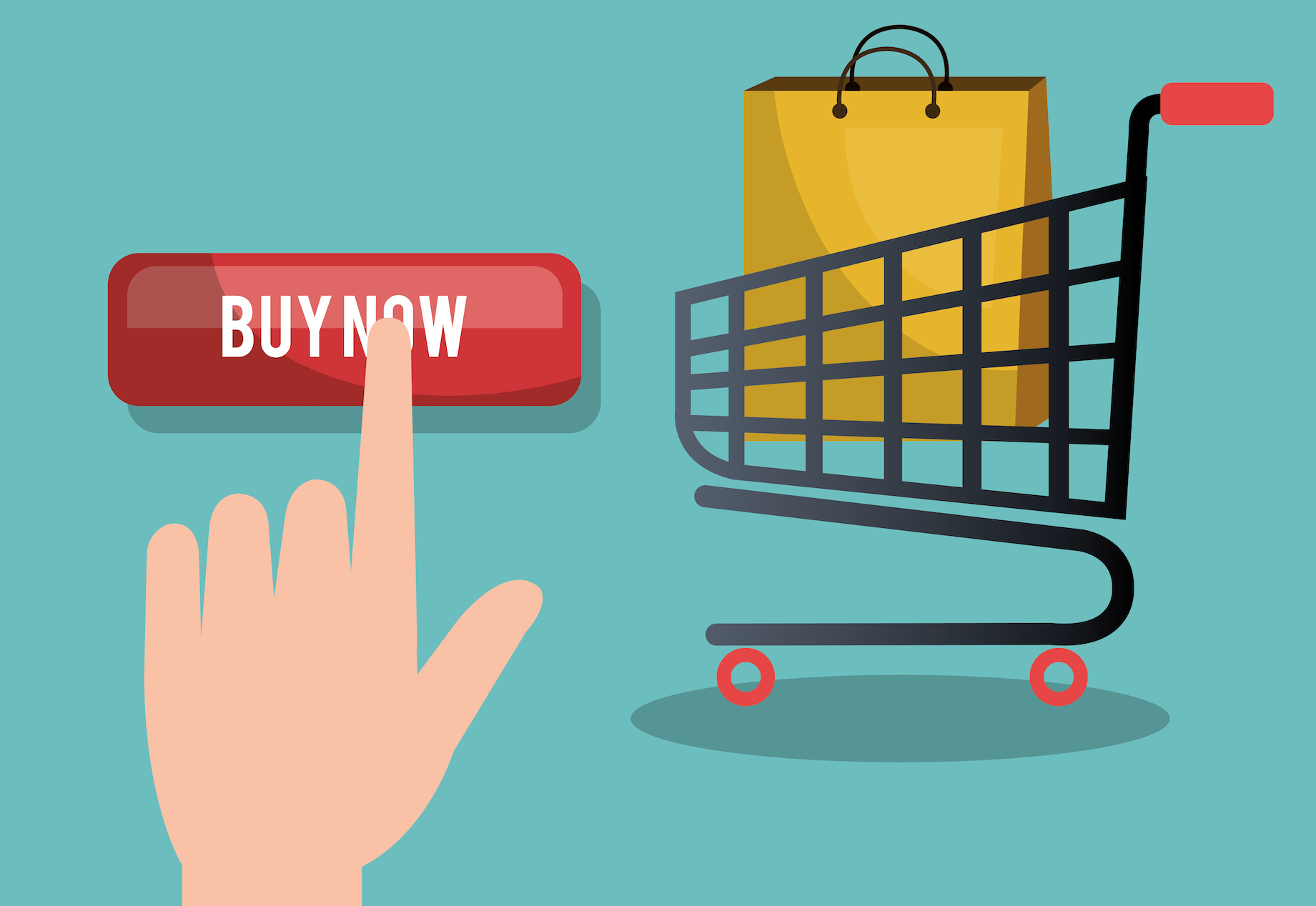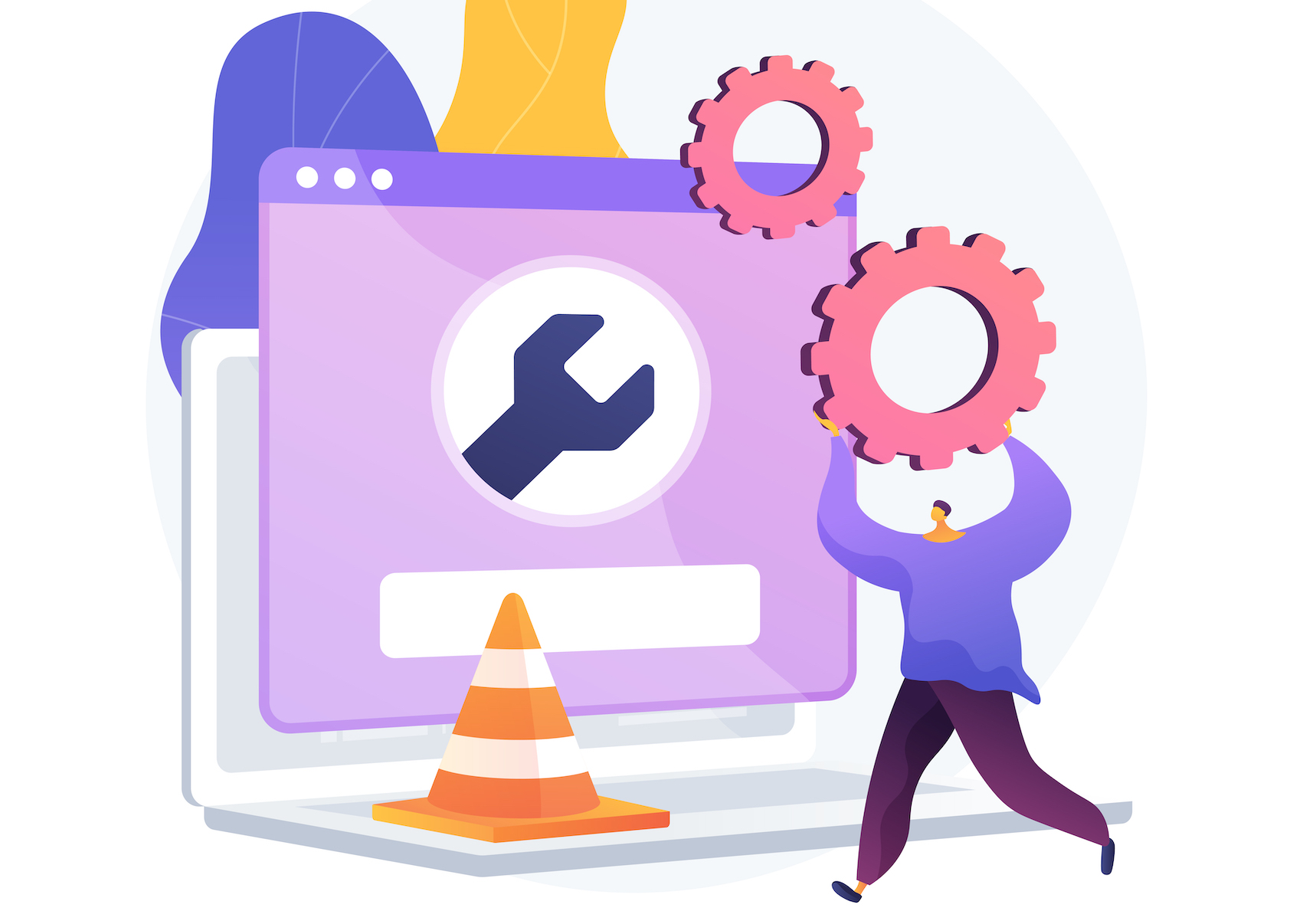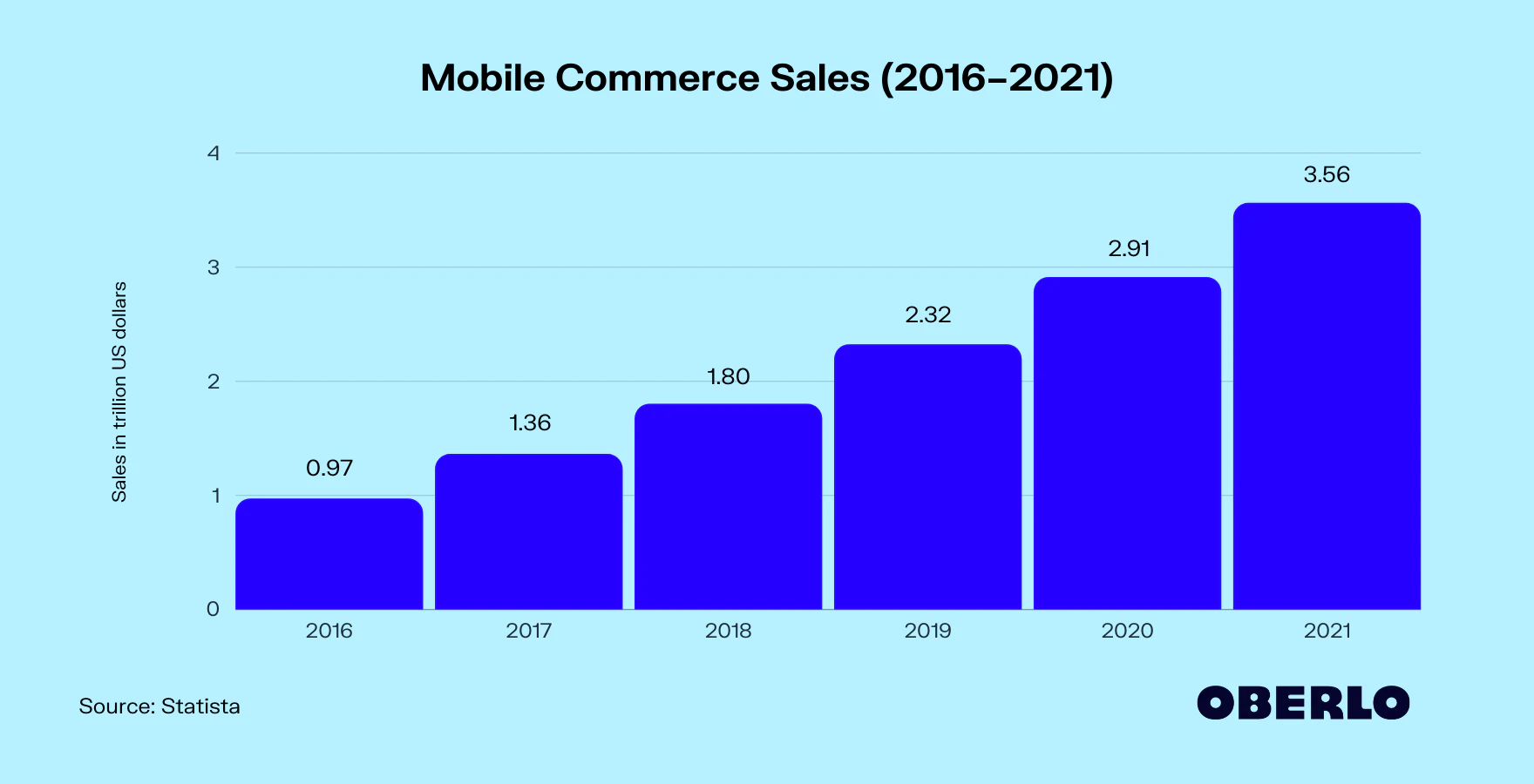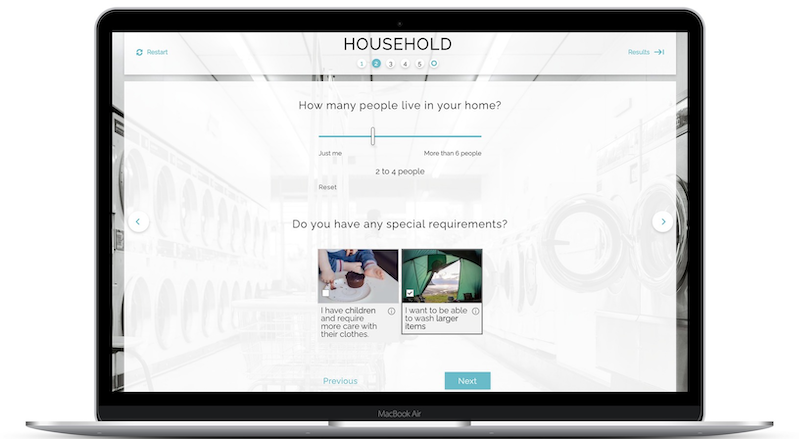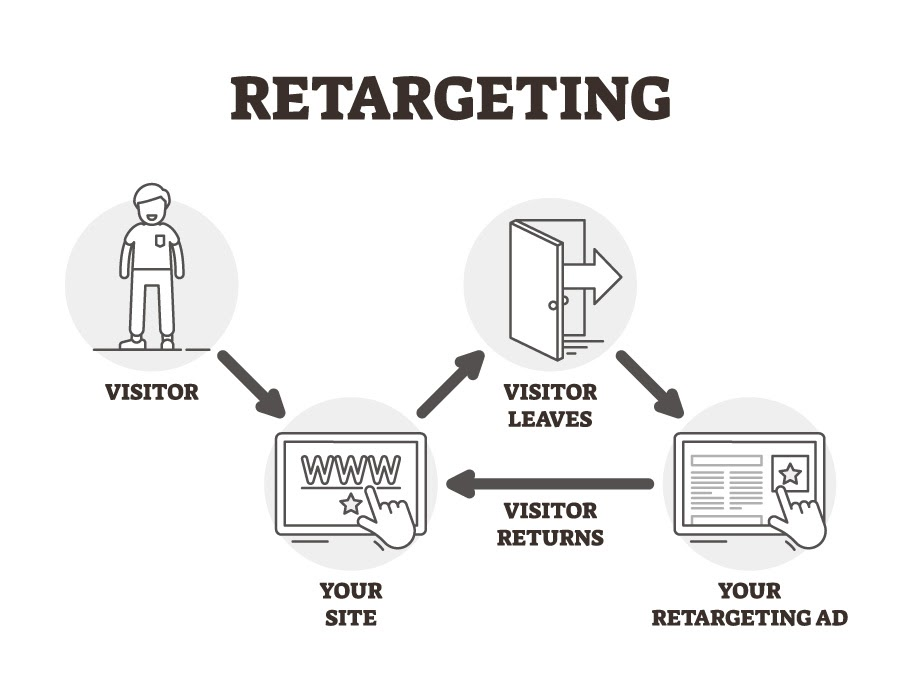12 August, 2022
Sai Naik Nimbalkar
Share post
Digital sales assistants
-
The instore tool you've
been missing
12 August, 2022
Sai Naik Nimbalkar
Share post
Sales strategies and processes differ for retail and B2B businesses. While B2B businesses use a one-to-one approach to convert a prospect into a lead, retailers can have several prospectors daily. They both have customers with different needs searching for the most ideal product and use sales teams as an integral touchpoint for advice or consultations. A business' sales staff is hence trained to answer various queries to help customers find what they are looking for. Digital sales assistants help make this process easier and have even more advantages to offer. So let’s take a look under the hood.
What is a digital sales assistant?
A digital sales assistant is an AI-driven solution that assists instore selling. Simply put, it provides a step-by-step guide asking relevant questions to understand customer needs and accordingly presents them with the best product recommendations. It asks simple questions to understand what the customer requires and gives a salesperson the best recommendation according to the answers. Hence, instore staff can find the ideal product faster. This approach can be used for both B2Bs and B2Cs as the process aligns with sales and marketing strategies; with a digital sales assistant, you can centralize your selling strategy with just one solution.
Instore sales training and product advice
Customers require personal advice when they want to buy something. Usually, retail sales training involves employee onboarding, gaining product knowledge, and interactions with customers. Training occurs online or under a sales mentor or trainer. With online training, an employee’s progress can be monitored along with his strengths or weaknesses, while learning from another person’s experience teaches a human-centric approach to selling. An optimal training plan would ideally contain advantages from both these perspectives.

One of the biggest advantages is that the digital sales assistant makes it easier for new employees to get familiar with a brand’s product catalog. The assistant can sort through thousands of available options in seconds and shortlists the best matching results. As the process is designed keeping in mind the needs of the customers and the sales strategy of the business, new employees can rely on the quality of the recommendations.

This allows them to become familiar with the product line and increases their confidence when talking about the finer details of a product. Thus, when it comes to product advice, a digital sales assistant ensures a high standard of quality as all employees learn from the same source. You can also add your personal product knowledge into the mix, e.g. your experiences about how certain products fit or tips to take care of special fabrics. The digital sales assistant gives you the flexibility to transform existing sales and industry expertise into digital advice.
"The assistant can sort through thousands of available options in seconds and shortlists the best matching results."
Let’s look at the many advantages of digital sales assistants:
Improved training and performance
Learning is more organic with a digital assistant as sales staff adapt to changes at their own pace and don’t miss out on product updates as the advice is always available to them. The advantages are two-fold as customers get the best product advice while sales staff get an extra helping hand.
Conflict resolution
If a salesperson doesn’t know which option or feature to recommend, digital assistants can highlight recommended options or features and help them to better advise customers. With the smart preselection feature, the digital sales assistant reduces errors and leads the user to the best product recommendations.
Analytics and consumer insights
With a digital sales assistant, you can easily track important store metrics such as achieved targets and monthly revenues. You also learn valuable insights such as product performance and customer preferences which are beneficial for future product planning.
Personal advice for each use-case
Digital assistants use a conversation-like question-and-answer dialogue that is quick and efficiently understands customer needs. With one digital solution, your sales staff are prepared to give product recommendations for a wide variety of use-cases. This support allows them to interact without any worries as they are confident that they can find the best product recommendation quickly. As recommendations are personal and precise, customers get exactly what they need resulting in reduced returns.
Use feature marketing for cross-selling and upselling
Cross-selling and upselling strategies can easily be interwoven into the advisory process. The digital assistant can prompt a salesperson to introduce particular features, bundled products, or related accessories, increasing the overall shopping cart value.
Expand to multiple stores and new markets
When launching in new markets, digital assistants can be easily translated to other languages and can also be designed to adopt local and cultural differences. Digital sales assistants help maintain the quality of recommendations and product advice across multiple stores.
"Digital assistants use a conversation-like question-and-answer dialogue that is quick and efficiently understands customer needs."
Digital sales assistants are the perfect support for your sales staff and have multiple advantages. They can target specific problems while centralizing the sales process at the same time. Digitalize your store and upgrade it to the next level with Guided Selling and our digital sales assistants.
Start giving personalized advice
Find out how your company can implement personalized advice.
Other Posts
-

A short guide on Guided Selling
Read all about Guided Selling software, and the many different Ecommerce solutions that are available for B2Bs and B2Cs. -

What's the big deal about Direct to Consumer (D2C)?
An in-depth look at the D2C trend and how brands can use aspects of it to increase their brand presence and get more control over their product and consumer data. -

Top UX trends for Ecommerce 2021
With disruptive challenges in 2020, brands and retailers adopted new strategies for Ecommerce. Get to know the top UX trends you can use to not be left behind.
